What Startups Need to Prepare For Post-Investment
Securing investment is a huge moment for any startup. It’s the culmination of months (sometimes years) of networking, pitching, refining, negotiating — and for many founders, it feels like the ultimate validation. The cheque lands, handshakes are exchanged, and there’s a brief window to exhale.
But once that moment passes, reality kicks in. The truth is, funding isn’t the finish line — it’s the starting gate for a much harder race. And many startups find themselves unprepared for what comes next.
The Shift from Hustle to Structure
Pre-investment, life is usually scrappy. Founders are wearing five hats, juggling priorities, testing ideas, and improvising constantly. There’s a certain freedom to that early-stage chaos — and it’s often where a lot of creativity happens.
Post-investment, the environment changes. Expectations harden. There’s more pressure to deliver. Investors want traction, clear communication, and evidence that their capital is being used wisely. Suddenly, it’s not just about building a product — it’s about building a business.
That shift catches out a lot of founders. The agility that got them funded can start to feel like a liability if they don’t quickly adapt to a more mature operating model.
Investor Relationships: Transparency Over Charm
Raising investment is often a charm offensive — you’re selling the dream. But after the deal is done, the tone changes. Your investor is now a stakeholder. They’ve got a seat at the table, and they want visibility into how you’re spending, building, hiring, and growing.
This isn’t about micromanagement — it’s about alignment. Good investors don’t want to run your business. They want to help it succeed. But they expect to be kept in the loop — especially when things go wrong.
Silence breeds mistrust. Founders who try to shield investors from problems or delay sharing bad news tend to damage the relationship quickly.
Better approach? Treat your investor like a business partner. Share monthly updates. Flag issues early. Ask for advice, not just forgiveness.
Your First Real Board Meeting Isn’t a Box-Ticking Exercise
For many early-stage founders, investment brings their first proper board. It might be just you, your investor, and an independent advisor — but it’s still a shift.
Board meetings aren’t pitch decks. They’re working sessions. They’re where strategic decisions get debated, financials are interrogated, and milestones are tracked.
The founders who benefit most from boards are the ones who show up prepared and treat them as an opportunity to gain perspective, not a chore to endure.
Tip: Don’t just read out your updates — engage. Ask for input on tricky hires, product direction, pricing, or international expansion. Investors often have insights from other portfolio companies that you can tap into.
The Reporting Shock: From Gut Feel to Real Metrics
Pre-investment, a lot of decisions are made on instinct. Post-investment, that doesn’t fly. Investors want numbers — and not just vanity metrics. They want to understand runway, CAC, churn, margin, pipeline, usage trends, NPS — the kind of detail that shows you’re steering the ship, not just enjoying the ride.
Many early-stage businesses don’t have this infrastructure in place, which leads to panic, rushed spreadsheets, and inconsistent updates.
Best practice? Set up monthly dashboards covering your top 5-10 metrics. Automate what you can. And use these internally — not just for the board. Data literacy should be part of your culture.
Governance Isn’t Bureaucracy — It’s Insurance
Startups often associate governance with big-company red tape. But strong governance early on protects the founders as much as the investors. It ensures that IP is secured, decisions are documented, liabilities are managed, and equity is allocated fairly.
Ignoring governance leads to painful clean-up later — especially in due diligence for your next round. It’s one reason many promising startups stumble at Series A.
Pro move? Get an experienced advisor or fractional CFO to help build the right foundations from day one. It’s cheaper than fixing mistakes later.
You’re Now a Company — Not Just a Concept
This is probably the hardest mindset shift. Once you raise funding, you can’t think like a lean prototype anymore. You’re hiring employees who expect clarity and culture. You’re building a product that needs to be secure, scalable, and supported. You’re serving paying customers who won’t tolerate bugs and delays.
It’s easy to romanticise startup culture — but the funded phase is when the work gets real. If the early days were about possibility, this stage is about execution.
You need to transition from founder to CEO. That means delegating. Building a leadership team. Letting go of the things you did best, and focusing on where you add the most value.
Final Thought: Post-Investment Is When the Grown-Up Work Starts
The glow of funding fades quickly. What matters most is what happens next — how quickly you adapt, how well you communicate, and how effectively you execute.
Post-investment success is rarely about the size of the round. It’s about what you build with it — the systems, the culture, the team, the customer base, and the credibility for what comes next.
So celebrate the cheque. But be ready to get to work.





